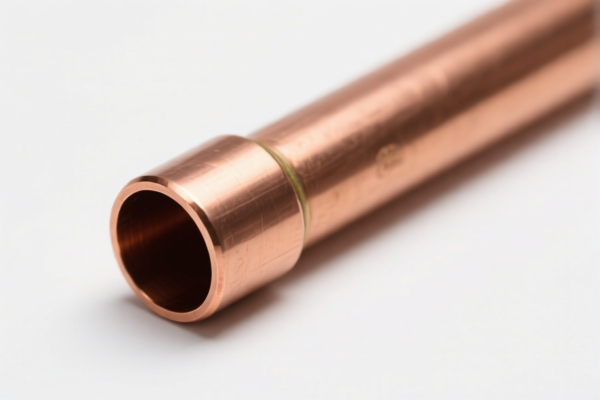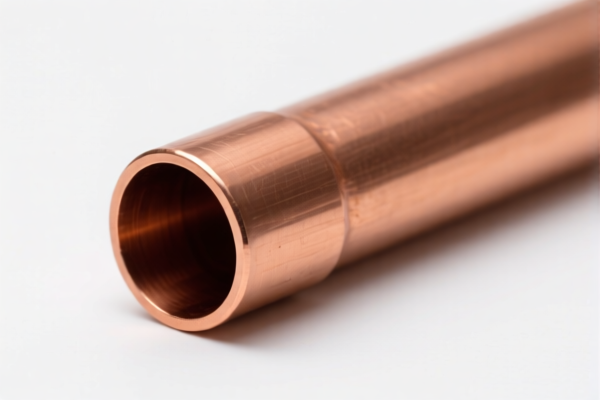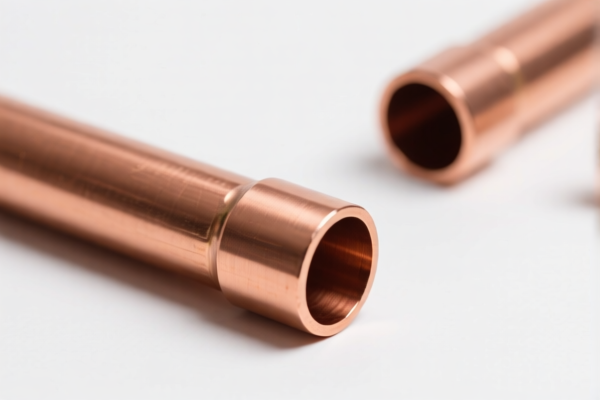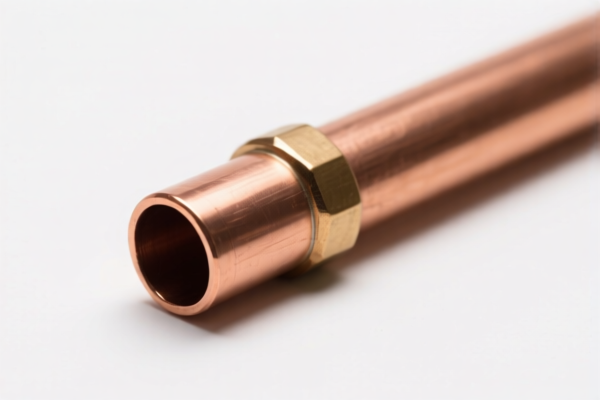| HS Code | Official Doc | Tariff Rate | Origin | Destination | Effective Date |
|---|---|---|---|---|---|
| 8205514500 | Doc | 55.0% | CN | US | 2025-05-12 |
| 8205596000 | Doc | 55.0% | CN | US | 2025-05-12 |
| 8206000000 | Doc | The rate of duty applicable to that article in the set subject t+30.0% | CN | US | 2025-05-12 |
| 8203406000 | Doc | 58.3% | CN | US | 2025-05-12 |
| 7418100002 | Doc | 40.5% | CN | US | 2025-05-12 |
| 7418100004 | Doc | 40.5% | CN | US | 2025-05-12 |
| 7419800900 | Doc | 58.0% | CN | US | 2025-05-12 |
| 7419805050 | Doc | 55.0% | CN | US | 2025-05-12 |
| 6815994170 | Doc | 55.0% | CN | US | 2025-05-12 |
| 6815994110 | Doc | 55.0% | CN | US | 2025-05-12 |
| 3917400095 | Doc | 60.3% | CN | US | 2025-05-12 |
| 3917320050 | Doc | 58.1% | CN | US | 2025-05-12 |
| 3926909987 | Doc | 42.8% | CN | US | 2025-05-12 |
| 3926909910 | Doc | 42.8% | CN | US | 2025-05-12 |
| 8545200000 | Doc | 55.0% | CN | US | 2025-05-12 |
| 8545904000 | Doc | 55.0% | CN | US | 2025-05-12 |
| 8548000000 | Doc | 55.0% | CN | US | 2025-05-12 |




Copper Pipe Cleaning Brush
A copper pipe cleaning brush is a tool designed for the internal cleaning of copper pipes, commonly used in plumbing, HVAC (Heating, Ventilation, and Air Conditioning) systems, and refrigeration. Its primary function is to remove corrosion, scale, debris, and other obstructions that can reduce flow efficiency or contaminate the fluid passing through the pipe.
Material
- Bristles: Typically made of brass, nylon, steel, or abrasive materials like ceramic. Brass bristles are preferred for copper pipes as they are less likely to cause damage to the softer metal compared to steel. Nylon bristles are suitable for lighter cleaning and polishing.
- Handle: Commonly made of plastic, wood, or metal. Handles often feature ergonomic designs for improved grip and control.
- Shank/Stem: The shaft connecting the brush head to the handle. Usually made of steel or a durable plastic.
Purpose
- Restoring Flow: Removes buildup that restricts water or refrigerant flow.
- Preparing for Soldering/Brazing: Cleans the inside of pipes to ensure a strong and leak-proof joint when connecting new pipes.
- Preventing Contamination: Eliminates rust, scale, and other particles that can contaminate water or refrigerant lines.
- Maintaining System Efficiency: Regular cleaning helps HVAC systems operate at peak performance.
Function
The brush works by physically scrubbing the interior surface of the pipe. It is inserted into the pipe and rotated while applying forward pressure. The bristles dislodge and remove deposits, which are then flushed out of the pipe. Different brush designs cater to varying pipe diameters and levels of corrosion.
Usage Scenarios
- Plumbing: Cleaning water lines, drain pipes, and preparing pipes for new installations or repairs.
- HVAC Systems: Cleaning refrigerant lines, condensate drain lines, and boiler tubes.
- Refrigeration: Maintaining the cleanliness of refrigerant lines in refrigerators, freezers, and air conditioning units.
- Automotive: Cleaning brake lines and fuel lines (though specialized brushes are often used).
Common Types
- Standard/Straight Brushes: The most common type, featuring a cylindrical brush head. Available in a wide range of diameters and lengths.
- Twisted Wire Brushes: Utilize twisted wire bristles for aggressive cleaning of heavily corroded pipes. Less common for routine maintenance due to the potential for damage.
- Bottle Brushes: Feature a curved handle and brush head, designed for cleaning pipes with bends or curves.
- Chain Brushes: Utilize chains with attached cleaning elements for cleaning larger diameter pipes.
- Expandable Brushes: Designed to fit a range of pipe diameters.
- Abrasive Brushes: Incorporate abrasive materials for removing stubborn scale and rust.
- Long-Handled Brushes: Used for cleaning pipes in hard-to-reach areas.
The declared goods, a copper pipe cleaning brush, can be classified based on its material (copper, potentially with other components) and function (cleaning pipes). Here are relevant HS codes based on the provided reference material:
- 7418100002: This HS code covers table, kitchen or other household articles and parts thereof, of copper; pot scourers and scouring or polishing pads, gloves and the like, of copper. Specifically, it refers to pot scourers and scouring or polishing pads, gloves and the like, of copper-zinc base alloys (brass). If the brush is made of brass, this code is applicable. The total tax rate is 40.5%.
- 7418100004: This HS code also covers table, kitchen or other household articles and parts thereof, of copper; pot scourers and scouring or polishing pads, gloves and the like, of copper. However, it applies to pot scourers and scouring or polishing pads, gloves and the like, that are other than those made of copper-zinc base alloys. The total tax rate is 40.5%.
- 8545200000: This HS code covers carbon electrodes, carbon brushes, lamp carbons, battery carbons and other articles of graphite or other carbon, with or without metal, of a kind used for electrical purposes. If the brush contains carbon components and is used for electrical cleaning purposes, this code may be applicable. The total tax rate is 55.0%.
- 3926909910: This HS code covers other articles of plastics and articles of other materials of headings 3901 to 3914. Specifically, it refers to laboratory ware. If the brush is used for laboratory cleaning purposes, this code may be applicable. The total tax rate is 42.8%.
Regarding HS code 7418100002 and 7418100004, the material composition of the brush (brass vs. other copper alloys) is crucial for correct classification.
Customer Reviews
No reviews yet.